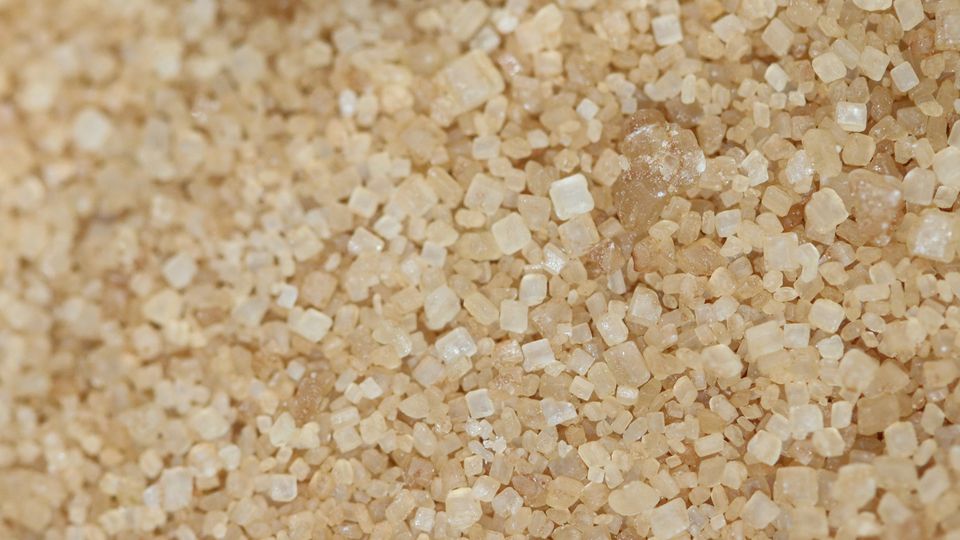Cane Sugar-Derived Plastic Alternatives May Also Alter Animal Behavior

Complete the form below to unlock access to ALL audio articles.
The threat of microplastics – plastic particles less than 5 mm in diameter – to the environment has prompted researchers to develop alternatives that break down more easily. A new study suggests that a sugar cane-derived substitute may still have enduring effect on animals.
The research, published in the journal Science of the Total Environment, was authored by a team from the University of Gothenburg. The team exposed young European perch (Perca fluviatilis) to poly-L-lactide (PLA), a plastic polymer made from sugar cane to determine how this touted green alternative plastic might affect the fish.
Our plastic world
Conventional plastics, made from a fossil fuel base, have swamped the planet. Plastic fragments have been identified on every continent, in every environment and in many ecologically important food chains. Oceanic microplastics are easily ingested by fish or seabirds and science is only beginning to understand the multifaceted impact that this consumption has on these animals’ complex biology.
Alternatives like PLA are gaining traction – they have been used in food containers, disposable cutlery, clothing and as 3D printer polymers. But the new study, co-authored by Gothenburg doctoral student Azora König Kardgar, suggests that these alternatives might also impact on aquatic biology.
Over six months, Kardgar and colleagues fed perch one of three dietary options: food laced with PLA microplastic, food laced with natural kaolin clay particles – used to coat paper and make porcelain – or control unadulterated food. This was a very small study – with just four fish included in each analysis group – but looked at a glut of behavioral and genetic factors in the perch.
Behavior changes
The team noted that PLA-exposed fish were more reactive to fellow shoal-mate fish, and also showed impaired movement, altered ability to form into shoals and reacted different in threatening environments, although only the changes in reactivity to fellow fish were statistically significant.
“Toxicological experiments that analyze animal behavior are very rare. Most commonly, researchers look at physiological changes. We can see that something in PLA plastic causes changes in the fish, but we can’t see what,” says Azora.
Many microplastics studies fail to use a non-plastic control. By including kaolin, the researchers were better able to tease out which effects were due to a reaction to the physical size of the particle consumed or due to the specific chemicals contained within PLA. Small changes to behavior were seen after consuming kaolin, although none of these reached statistical significance. Instead, the kaolin-munching fish showed changes to their expression of stress-related genes.
“We see that PLA is not harmless to fish, so it should not be sold as an environmentally friendly alternative to ordinary plastic. It should be considered as equivalent to ordinary plastic,” says Azora. Notably, the study did not include a control involving a non-PLA microplastic, limiting how directly comparable the findings are.
Reference: König Kardgar A, Ghosh D, Sturve J, Agarwal S, Carney Almroth B. Chronic poly(l-lactide) (PLA)- microplastic ingestion affects social behavior of juvenile European perch (Perca fluviatilis). Sci. Total Environ. 2023;881:163425. doi:10.1016/j.scitotenv.2023.163425d
This article is a rework of a press release issued by the University of Gothenburg. Material has been edited for length and content.


